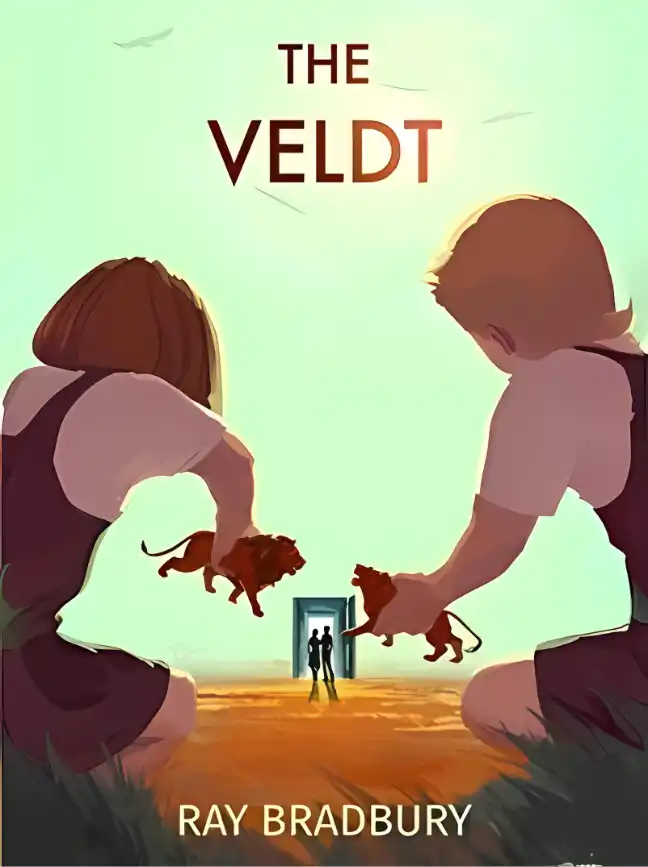THE CREW of Sparta One continues to impress me. Not only with their technical competence and professionalism, but with their heart and dedication. To my surprise, they don’t fight James’s plan. Like me, they are ready to follow his instincts.
It’s decided: we are going to Ceres. The rest of the fleet will join us there. We’ll approach the dwarf planet together and attack quickly, hoping to seize the element of surprise. We’ll be there within ten hours.
We’ve sent a high-speed comm brick back to Earth. In it, we’ve apprised NASA of our status and plan.
Everyone on the ship is acutely aware of the countdown to reach Ceres. It’s like we’re rushing toward a cliff, driving a herd of animals, us in the middle, unable to stop or to get out of the flow, the horizon looming.
James must sense it too. He’s mandated six hours of sleep. Terrance has forbidden us from using sleep aids. He’s right: an emergency could arise, and we need clear heads.
There’s only one thing that can help me sleep.
I draw back the curtain on my sleep station and find James floating just outside my door.
“Can’t sleep?” he whispers. “No.”
“Want some company?”
FOR THOSE FEW HOURS, James and I hold each other, and talk—about everything—fearlessly, like two people at the end of their lives with nothing left to hide, nothing to protect. To me, this feels like the end of everything, that nothing will ever be the same after this.
There’s only one subject James steps around: why he was sent to prison. It feels as though we’re frolicking in a field, completely free, but there’s a deep, dark hole in the middle. We both know it’s there, and neither of us goes near it. We are happy to play around the edges where it’s safe, where nothing can ruin the moment. As such, I don’t ask about what happened. I have asked myself if the secret could ever change how I feel about him. I’m not sure. It would have to be something… unthinkable, something so unlike James.
The strongest friendships and the strongest relationships are forged in the hottest fires. My life with James has been a series of challenges. They have been agonizing physically and mentally, sometimes emotionally, and he has always been there for me. He has been the rock I can always depend on. I’m so glad I’m here with him. There’s nowhere else I want to be.
THIRTY MINUTES before we reach Ceres, the nine ships of the Spartan fleet move close enough to each other to maintain real-time communication via our comm patches.
The survey drones we sent before were disguised as asteroids. Their exterior was coated with real rock. But I can’t help again wondering if the entity detected them. And if it did, then surely it knows we’re coming.
On the bridge, the entire crew assembles and straps in to the central table, ready for the battle. Everyone is nervous. Except for Oscar. As usual, he’s placid and focused. I envy him. My heart is beating a thousand miles an hour. My palms are sweaty. Human history will make a turn today—here and now.
The screen on the far wall is split into sections. There are seven black boxes, each with a blinking cursor showing open chat windows with the other ships of the Spartan fleet. The largest window is filled with a view of space. Ceres floats in the distance, a speck of gray against the black
backdrop of space. It’s a pinprick at first, growing larger and brighter by the second, a dull light at the end of the train tunnel rushing toward us.
In a matter of minutes, the image on the screen grows from the size of an eraser tip to a fist. Ceres is gray, not unlike our moon, with round craters dotting its surface. As it grows larger, I can make out glittering white specks. NASA first observed the white anomalies in 2015. Speculation has continued about them ever since then—the best hypotheses being that they are either ice or salt.
The battle sequence has been carefully scripted, the maneuvers programmed into each ship’s navigation computer and all of the rest of its systems.
I feel the thrusters fire.
“Fleet formation is breaking,” Heinrich says. “We’re beginning our approach.”
NASA named Sparta One’s computer Leonidas, after some warrior from a long time ago. The thing is, Leonidas is a mouthful, especially in an active battle situation. We settled on calling it Leo.
“Leo,” James says, “broadcast message fleet-wide: Good hunting, everyone.”
He turns to Heinrich and says, “dispatch the comm brick to Earth noting the time of contact.”
A second later, Heinrich looks up. “Brick is away.”
Ceres grows larger on the viewscreen. It slips from the center of the image and slowly moves toward the bottom.
I feel myself breathing harder. I look around the bridge. Everyone seems on edge. Except for James and Oscar. Their eyes are fixed on the screen, only breaking their stares to glance down at their tablets and check system status and the drones that are following us.
Each nation in the alliance built three ships. Eight of the nine ships of the Spartan fleet are nearly identical—nothing more than battleships. They’re loaded to the hilt with ordnance—nuclear warheads and four rail guns apiece, two pointed ahead, two pointed behind.
The ninth ship, our ship, is different. It was built by the Atlantic Union, and where the others have nuclear warheads in their primary bay, we have a drone lab. Sparta One was designed to be the brains of the mission. Even so, we do have three nuclear warheads aboard, and ten attack drones following us, their ordnance unarmed, their exterior clad in rock.
On the Pax, when we first engaged the solar cell, we tried to talk. Not this time.
When we reach Ceres, our forces will separate. The eight battleships will round the planet concurrently, equally spaced. They will be like a net, not letting anything past. Even if we’re successful, it’s imperative that nothing of our enemy escapes.
As soon as the battleships round the dwarf planet, they’ll go active with their scanners and fire specialized incendiary rounds that will illuminate the surface of Ceres. Visual contact will be important.
Sparta One will hang back, but only slightly. We’ll round Ceres three seconds after the battleships. Doesn’t sound like much time, but it’s important in the order of battle. The incendiary rounds will have illuminated the surface of Ceres by the time we come around. We’ll have a clear view of whatever is out there, and we’ll issue orders to the rest of the fleet and to our attack drones following behind us.
“Ladies and gentlemen,” James says, “it’s been an honor.” Ten seconds later, we get our first view of what awaits.








